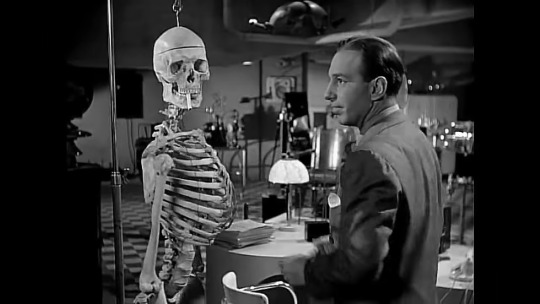#Richard Derr
Explore tagged Tumblr posts
Text
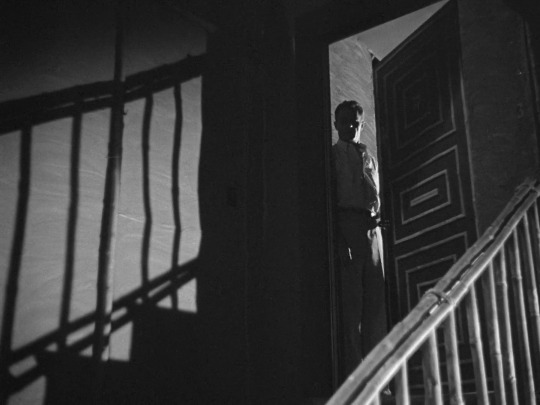
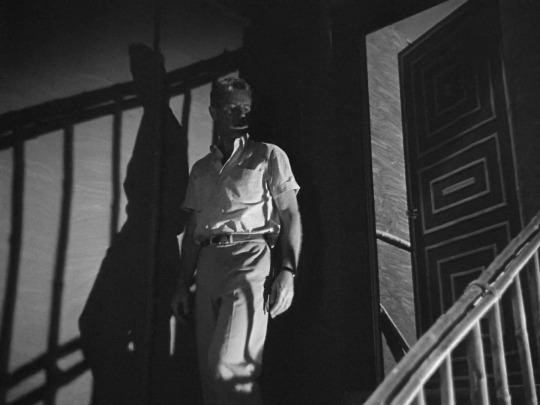

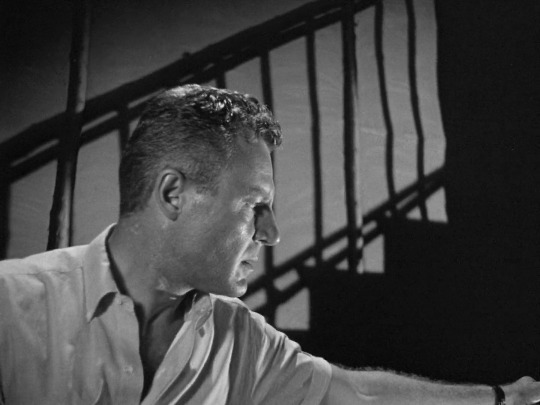

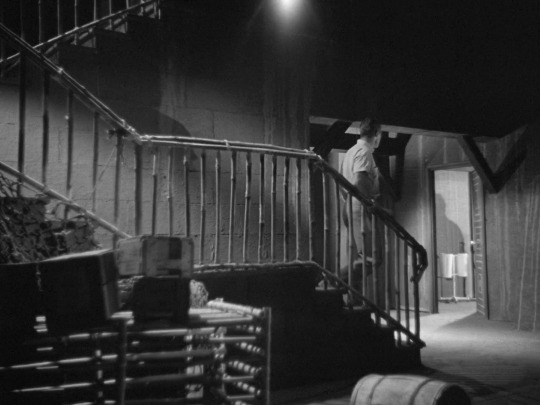

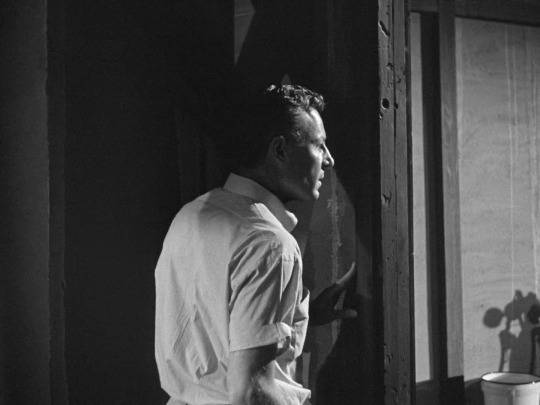
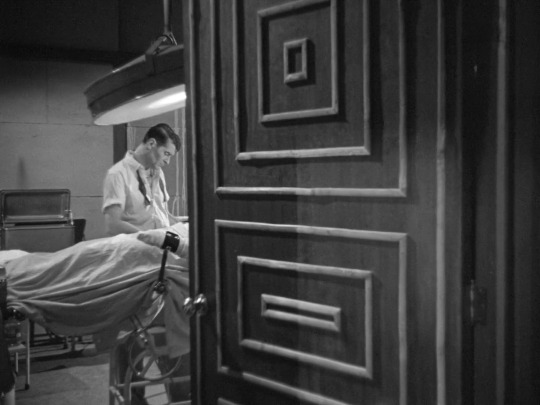
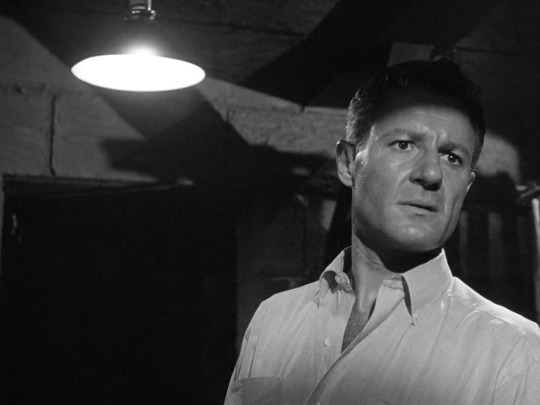


Terror Is a Man (Gerardo de Leon & Eddie Romero, 1959).
#gerardo de leon#eddie romero#terror is a man#francis lederer#richard derr#emmanuel i. rojas#gervacio santos#vicente bonus#la isla del terror
16 notes
·
View notes
Text


Now showing on DuranDuranTulsa's Plenty Scary Movie 🎬 🎞 🎥 🎦 📽...When Worlds Collide (1951) on classic DVD 📀! #movie #movies #horror #scifi #whenworldscollide #johnhoyt #BarbaraRush #RichardDerr #peterhansen #larrykeating #haydenrorke #harrydeanstanton #50s #DVD #durandurantulsa #plentyscarymovie #8sThePlace #ktul #durandurantulsasplentyscarymovie
#movie#movies#horror#scifi#when worlds collide#john hoyt#barbara rush#richard derr#peter hansen#larry keating#hayden rorke#harry dean stanton#50s#dvd#duran duran tulsa's plenty scary movie#duran duran tulsa#plenty scary movie#8's the place#ktul
0 notes
Text


George Reeves, Marjorie Weaver and Richard Derr in Man at Large
0 notes
Text
When Worlds Collide (1951)
Director: Rudolph Maté Starring: Richard Derr, Barbara Rush, Peter Hansen As a new star and planet hurtle toward a doomed Earth, a small group of survivalists frantically work to complete the rocket which will take them to their new home. Long before Roland Emmerich brought us the modern-day disaster movies, director Rudolph Maté gave us ‘When Worlds Collide’. Back in 1951 the visual effects…
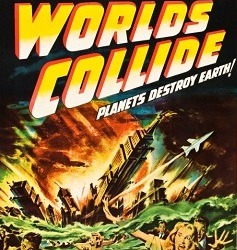
View On WordPress
0 notes
Text

Day 15- Film: Something to Live For
Release date: Mar 7th, 1952.
Studio: Paramount
Genre: Drama
Director: George Stevens
Producer: George Stevens
Actors: Joan Fontaine, Ray Milland, Teresa Wright, Richard Derr, Douglas Dick
Plot Summary: Alan is a recovering alcoholic who now helps others though AA. One night he is called to the hotel room of struggling actress Jenny Carey. Both find the encounter helpful and begin meeting regularly. Inevitably they fall in love, but Alan is already married with 2 children. How can they stay sober and live apart?
My Rating (out of five stars): **½ for the actual quality of the film, **** for my enjoyment of it (up until the last 10 minutes!)
I was looking forward to this one for awhile now, being very curious to see how Hollywood would tell this kind of a story. The actual film was interesting and engrossing to me... but its genuine quality as a film wasn’t really up to par. (some spoilers)
The good:
The fact that a Hollywood film tried to tackle this subject. It was rare for an addict or a drunk to be a fully fleshed out protagonist. They tended to be either villains or comic relief, so showing a guy in AA trying to help someone else struggling was really commendable.
Ray Milland. He’s just a very appealing actor. Charming and sensitive, he always has a sweetness about him. His most iconic role was in the 1945 film Lost Weekend, where he played a sympathetic drunk struggling to stay sober. Having him now play a character 14 months into sobriety felt very fitting.
Milland’s acting when his character was falling in love. The way his entire body language and tone of voice changed, you actually felt as if you were watching a person experience the giddiness that comes with the first flush of love. His flirting with Fontaine was surprisingly affecting.
Teresa Wright’s PTSD reactions whenever she thinks she hears her husband stumble in the background. It was smart writing to remind us of how much Alan’s alcoholism devastated their lives.
The bad:
Poodle hair! Why did they give Joan Fontaine that horrible poodle cut? She’s supposed to be a young actress, but the hair makes her look like she’s in her 40s. It looks so bad on her that at least a dozen times I was pulled out of the story to swear at the hair and wardrobe department! Teresa Wright, as the actual mature housewife, had shoulder length hair with a soft brush out, and she looked younger than Fontaine.
Some of the overly melodramatic, almost soap opera-y moments. When the story was simpler, it was emotionally effective, but when it bled into melodrama, it lost some of its power.
The ending! I really hated the ending. I knew he wouldn’t leave his now pregnant wife and two children, but the way the film tried to neatly tie everything up felt almost disrespectful to the audience!
#project1952#1952#project1952 day 15#100 films of 1952#200 films of 1952#200 films of 1952 film 14#ray milland#joan fontaine
0 notes
Text

Terror is a Man, 1959 (R-1964)
AKA Blood Creature, Creature from Blood Island, The Gory Creatures
#terror is a man#blood creature#greta thyssen#francis lederer#richard derr#1950s movies#gerardo de leon#eddie romero#movie posters
65 notes
·
View notes
Text

Barbara Rush-Richard Derr-Peter Hansen "Cuando los mundos chocan" (When worlds collide) 1951, de Rudolph Maté.
10 notes
·
View notes
Audio
Your deadicated hosts close out 1959 with TERROR IS A MAN, the very first Filipino horror movie!
Directed by Gerardo de Leon and Eddie Romero, this Dr. Moreau adaptation feels more Tennessee Williams than H.G. Wells.
Context setting 00:00; Synopsis 33:22; Discussion 42:40; Ranking 59:12
#podcast#horror#terror is a man#filipino horror#the philippines#gerardo de leon#eddie romero#blood creature#creature from blood island#the gory creatures#island of terror#gore creature#paul harber#kane w lynn#the island of doctor moreau#hg wells#francis lederer#greta thyssen#richard derr#oscar keesee#flory carlos#emmanuel rojas#gervasio santos#ariston avelino#lynn-romero productions#classic horror
8 notes
·
View notes
Photo


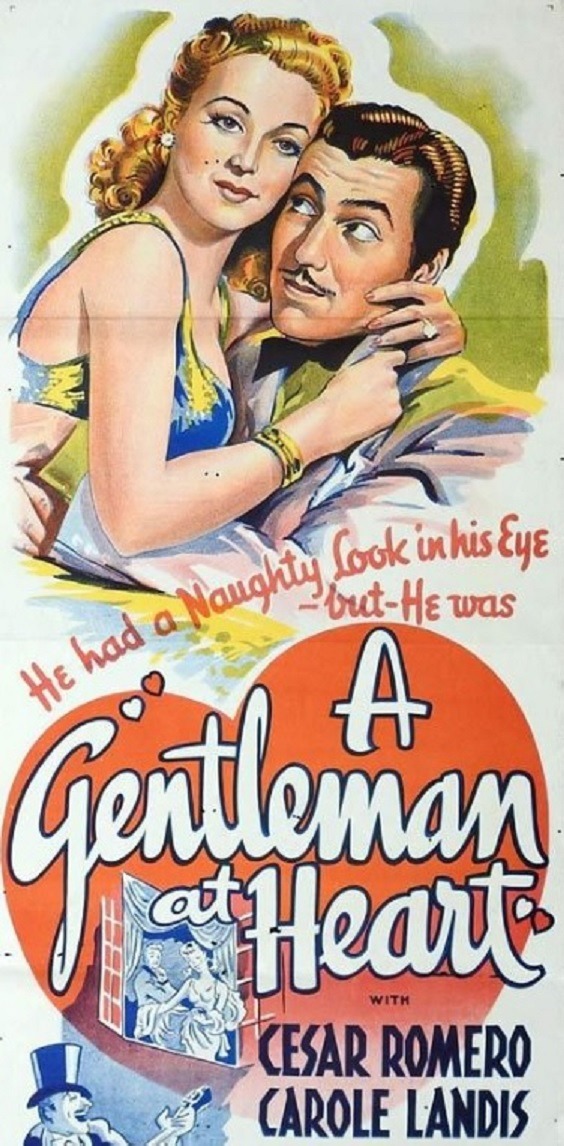






A Gentleman at Heart (1942) Ray McCarey
May 16th 2023
#a gentleman at heart#1942#ray mccarey#cesar romero#carole landis#milton berle#j. carrol naish#elisha cook jr.#francis pierlot#rose hobart#jerome cowan#richard derr
3 notes
·
View notes
Text


Now showing on DuranDuranTulsa's Plenty Scary Movie 🎬 🎞 🎥 🎦 📽...When Worlds Collide (1951) on classic DVD 📀! #movie #movies #horror #scifi #whenworldscollide #johnhoyt #BarbaraRush #RichardDerr #peterhansen #larrykeating #haydenrorke #harrydeanstanton #50s #DVD #durandurantulsa #plentyscarymovie #8sThePlace #ktul #durandurantulsasplentyscarymovie
#movie#movies#horror#scifi#when worlds collide#john hoyt#barbara rush#richard derr#peter hansen#larry keating#hayden rorke#harry dean stanton#50s#dvd#duran duran tulsa's plenty scary movie#duran duran tulsa#plenty scary movie#8's the place#ktul
0 notes
Photo

Richard Derr, Peter Hansen, and Barbara Rush in WHEN WORLDS COLLIDE ('51) #31DaysofOscar
58 notes
·
View notes
Photo

Bad movie I have Terror is a Man aka Blood Creature 1959
#Terror is a Man#Lynn-Romero Productions#Francis Lederer#Greta Thyssen#Richard Derr#Oscar Keesee#Lilia Duran#Peyton Keesee#Flory Carlos
1 note
·
View note
Photo

When Worlds Collide (1951)
Stop-motion animator György Pál Marczincsak garnered pan-European fame for his pioneering Puppetoons series of short films in the 1930s. Sensing tumult in continental Europe, he fled his native Hungary to Britain as the Nazis rose to power in Germany. With the assistance of Walter Lantz (the creator of Woody Woodpecker), he moved to the United States, changed his name to George Pal, and attained American citizenship. In America, Puppetoons resumed with Paramount Pictures’ financing until 1948. Puppetoons, unlike most stop-motion films, utilized “replacement animation” – a form of stop-motion animation where a new hand-carved, wooden puppet would be used for each photographed frame rather than modifying the same figure for each successive frame. Though Paramount discontinued the series due to its increasing costs, Pal nevertheless remained in good standing with the moviegoing public and the studio’s executives. Transitioning from an animator/director to producer, George Pal took an interest in a genre that – since the silent era’s end – had been relegated to low-budget serial films and comic book stands.
As the world’s nations shuffled to take sides for the Cold War, the United States and the Soviet Union’s greatest engineering and scientific minds were imagining new possibilities in aerospace. The renewed interest in space flight and scientific discovery led to Paramount’s Destination Moon (1950), produced by Pal. Destination Moon was the first film released by a major American studio to consider a speculative human landing on the Moon. For Pal’s follow-up, he purchased a science fiction property gathering dust at Paramount. The property: When Worlds Collide, based on Edwin Balmer and Philip Wylie’s novel of the same name. With acclaimed cinematographer Rudolph Maté (1928’s The Passion of Joan of Arc, 1940’s Foreign Correspondent) as director and providing aesthetic expertise, When Worlds Collide is the origin of all subsequent apocalyptic movies where a celestial body smashes into another celestial body. In two inconsistent films that deem their characters’ humanity as secondary, George Pal rejuvenated an entire film genre in the United States – and Hollywood has never looked back.
In South Africa, astronomer Dr. Emery Bronson (Hayden Rorke) instructs American pilot David Randall (Richard Derr) to pass along confidential, unsealed photographs and research to his American counterpart, Dr. Cole Hendron (Larry Keating). Drs. Bronson and Hendron will warn the United Nations Security Council (UNSC) that a star named Bellus will strike and destroy Earth within a year. Shortly before the projected impact, Bellus’ sole orbiting planet, Zyra, will pass by Earth close enough to wreak gravitational and geologic devastation before the Earth’s ultimate destruction. Bronson and Hendron thus propose the construction of human spaceships – “arks” – to transport human survivors to Zyra just before Bellus arrives. The astronomers are not taken seriously by the UNSC. However, private donors such as wheelchair-bound businessman Sidney Stanton (John Hoyt) provide the necessary funds for the ark’s construction.
Various arks are assembled across Earth, but When Worlds Collide concentrates on the effort spearheaded by Drs. Bronson and Hendron and financed by Stanton. This American ark will also include co-pilot, Dr. George Frye (Stephen Chase), and Dr. Hendron’s daughter/assistant, Joyce (Barbara Rush). Joyce is attracted to David because 1950s science-fiction films always seem to have an obligatory romance.
With an acting lineup filled with B-movie stalwarts and future television stars (who may be recognizable by those who know their ‘50s-‘70s television), When Worlds Collide is hindered by stiff line readings and an emphasis on the mission rather than its human characters. Screenwriter Sydney Boehm (1952’s The Atomic City, 1953’s The Big Heat) has written a procedural screenplay, one where decisions about the ark’s construction, its flightpath, and the selection of its passengers are the film’s primary drama. From that screenplay, only John Hoyt, as the irascible Sydney Stanton, distinguishes himself in the film with his patrician sneering. Disaster films and invasion literature during and prior to the mid-twentieth century typically did not privilege individual viewpoints, and that trends continues in When Worlds Collide.
That is to the film’s benefit and its detriment. It is a mechanical motion picture, with the occasional reminders that humanity, collectively, is staring down its certain destruction. Once Drs. Bronson and Hendron have made their presentation to the UNSC, every character in the film is henceforth defined by the looming apocalypse. Whatever lives they lived outside their work are extinguished in service of constructing the arks. All over the construction facility, numerous signs read:
WASTE ANYTHING EXCEPT TIME TIME IS OUR SHORTEST MATERIAL
The privileged few tasked with the ark’s construction and its piloting are but a fraction of a fraction of humanity. Even among the several hundred persons (unsurprisingly, due to a complete lack of imagination, they are all white) involved, everyone reacts differently to the situation they all share. Some are despairing, believing they have not lived a fulfilling life; some commit to their final purpose, subsuming their emotions in service of a space age Noah’s ark; some are possessive, concluding that their involvement with the ark makes them more worthy than others to embark the ship come doomsday. With precision, the elements comprising the ark’s first and final flight are assembled. Perhaps the most unrealistic aspect of When Worlds Collide is the uncritical adherence to the scientists by the faceless masses who construct the ark (the scientists’ hand-picked survivors are few, but these individuals’ placement on the ark is somehow never questioned). Interpersonal and inter-group conflict does not appear until far later than is realistic – the film’s romantic triangle is devoid of comprehensible motivation other than the fact that the film’s top-billed actor and actress should end up together somehow. Anyways, When Worlds Collide is not depicting a humanity akin to Star Trek at its most utopian. Thus, one must assume there will be at least some level of destructive human ego that confounds the ultimate task. Here the film falters, as the characters become the means to the end.
Maté and Pal choose not to show Zyra’s passing and Bellus’ catastrophic impact. Only their aftermaths are shown. On paper, any similar decision in a modern apocalyptic movie would be hounded across the Internet – but it works for When Worlds Collide. Here, the aftermath of Zyra’s passing is portrayed in a montage of film miniatures, matte paintings (mostly of the ark and its surroundings), and tactful slow-motion. With no computer-generated imagery to assist these scenes, the special effects team outdo themselves. Special effects artists Harry Barndollar (1946’s Cloak and Dagger, 1956’s The Ten Commandments) and Gordon Jennings (1942’s Reap the Wild Wind, 1953’s War of the Worlds) contributed to the miniature-heavy montage of Zyra’s approach. Their colleague, artist Chesley Bonestell (known as the “Father of Modern Space art”, Bonestell also worked on 1941’s Citizen Kane, Destination Moon, and 1953’s War of the Worlds) provided the novel idea of the ark beginning its launch on a one-mile mostly horizontal ramp (the miniature of this ramp was an enormous 700 feet long) rather than the conventional vertical launch.
Zyra’s approach is visceral terror in its timing (the effects are felt several seconds after scientific projections), sharp editing, and mass bedlam. Where the impacting sun will vaporize the Earth’s remaining inhabitants instantly, the passing planet will leave survivors left to wander or repair, perhaps futilely, the pre-apocalyptic wreckage. When Worlds Collide’s final minutes are special effects wizardry, partially redeeming the film of its ill-conceived storytelling and sketchy science. Yet, there could have been more in the film’s final minutes. George Pal envisioned a scene featuring an ark miniature resting on the surface of Zyra. Due to success of Destination Moon, Paramount expedited When Worlds Collide and rejected Pal’s request for an additional $5,000 (almost $50,000 in 2020’s USD) to cap off the Zyra scene. This forced Pal to utilize a Bonestell concept painting instead for Zyra’s surface – and it is too obviously concept art.
When Worlds Collide solidified George Pal as one of Hollywood’s best producers, and Pal already set his eyes on a sequel: After Worlds Collide (based on the novel’s sequel of the same name). But the failure of Conquest of Space (1955) led Paramount to nix the idea. The coming decade saw the Space Race between the Soviet Union and the United States and an explosion in American science-fiction films. Whether these 1950s sci-fi features contained spacefaring, exploration, or alien invasions, they invariably influenced succeeding entries into the genre that have made it dominant in contemporary Hollywood. George Pal, as a producer uniquely suited to special effects animation, became a science fiction and fantasy film innovator in the second half of his career. When Worlds Collide, though seemingly primeval compared to its sci-fi contemporaries a decade or so after, was fortuitous in its timing and for having George Pal as its producer.
My rating: 7/10
^ Based on my personal imdb rating. Half-points are always rounded down. My interpretation of that ratings system can be found in the “Ratings system” page on my blog (as of July 1, 2020, tumblr is not permitting certain posts with links to appear on tag pages, so I cannot provide the URL).
For more of my reviews tagged “My Movie Odyssey”, check out the tag of the same name on my blog.
#When Worlds Collide#Rudolph Mate#Rudolph Maté#George Pal#Richard Derr#Barbara Rush#Peter Hansen#John Hoyt#Hayden Rorke#Sydney Boehm#Chesley Bonestell#Harry Barndollar#Gordon Jennings#TCM#My Movie Odyssey
1 note
·
View note
Text
Preview: The War of the Worlds (1953) (4K UHD) / When Worlds Collide (Bluray)
Preview: The War of the Worlds (1953) (4K UHD) / When Worlds Collide (Bluray)
Two of the most iconic science fiction epics from Paramount Pictures come together in this out-of-this-world double feature from producer George Pal. Making its 4K UHD debut, THE WAR OF THE WORLDS is an Oscar®-winning* adaptation of the chilling H.G. Wells novel. Then, get ready for impending disaster when a runaway star signals the destruction of Earth in WHEN WORLDS COLLIDE, included on…

View On WordPress
#Ann Robinson#Barbara Rush#Cecil B. DeMille#Cedric Hardwicke#Gene Barry#George Pal#H.G. Wells#Paul Frees#Richard Derr#Sandro Giglio#The War of the Worlds#When Worlds Collide
0 notes
Text
Blu-ray review: “When Worlds Collide” (1951)
Blu-ray review: “When Worlds Collide” (1951)
“When Worlds Collide” (1951)
Science Fiction

Running time: 83 minutes
Written by: Sydney Boehm based on the book When Worlds Collide by Edwin Balmer and Philip Wylie
Directed by: Rudolph Maté
Featuring: Richard Derr, Barbara Rush, Peter Hansen and John Hoyt
Dr. Emery Bronson: “If our calculations prove to be correct, this will be the most frightening discovery of all time.”
R…
View On WordPress
#Barbara Rush#blu-ray#blu-ray review#blu-ray science fiction#bluray review#bluray reviews#Peter Hansen#Richard Derr#Rudolph Maté#spry film#spry film review#When Worlds Collide#When Worlds Collide blu-ray review
0 notes
